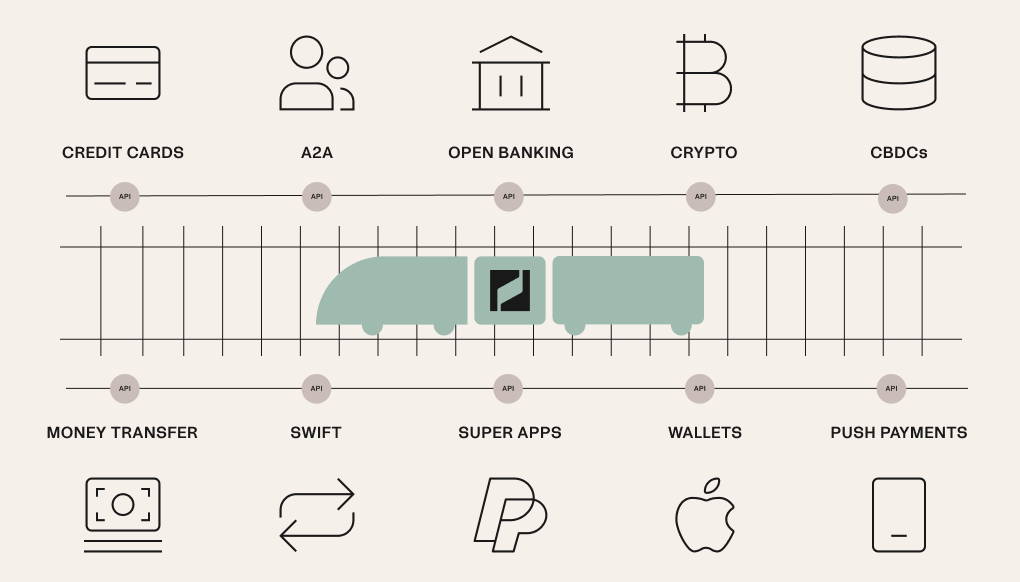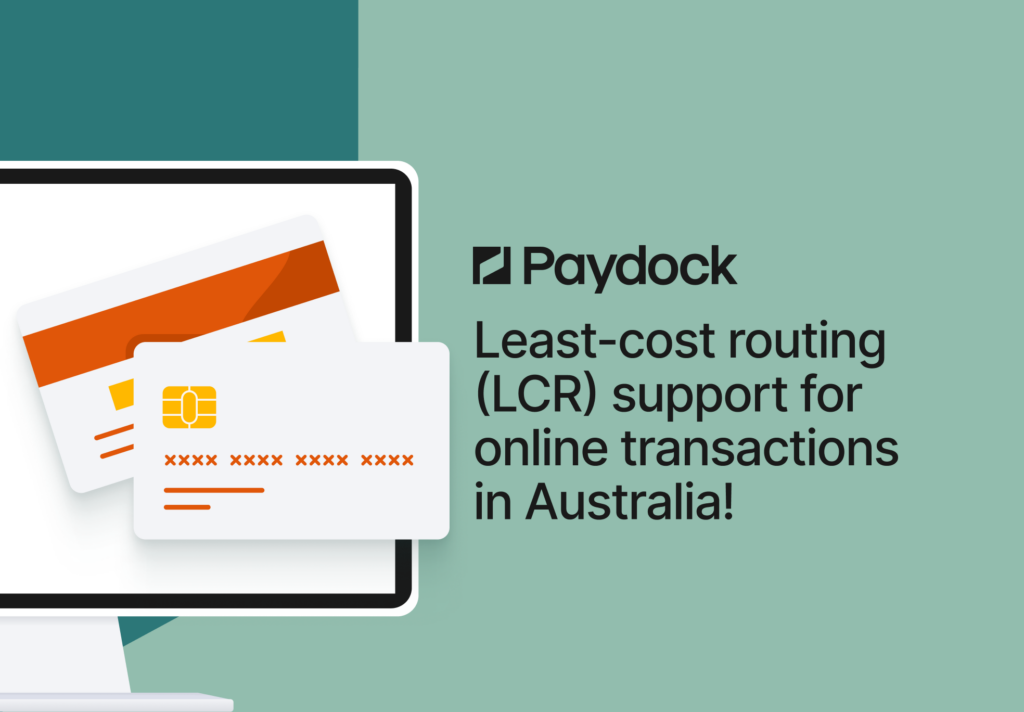By Dmitriy Harbuzov, Solution Architect
The payment landscape is experiencing a remarkable shift, driven by the evolving preferences of consumers seeking a diverse range of payment methods at checkout that align with their individual choices. From Digital Wallets to Buy Now Pay Later (BNPL) services, and even cryptocurrencies, the options are limitless. Furthermore, the emergence of Central Bank Digital Currencies (CBDCs) championed by central banks worldwide such as the Federal Reserve[1] introduces yet another frontier of innovation in the payments landscape on top of the already crowded vendor ecosystem.
Multi-rail payments have of necessity emerged as a critical component shaping the future of transactions. In this blog post, we will explore the potential of multi-rail payments and highlight their importance in a world where payment preferences continue to evolve at pace. Additionally, we will delve into the solutions that can address the challenges that lie ahead…
The Power of Multi-Rail Payments
Multi-rail payments have revolutionised the payment landscape by enabling businesses to leverage a variety of payment methods simultaneously without technical or security overheads. Rather than relying on a single payment method, multi-rail transactions leverage a combination of payment rails (for example, traditional credit and debit cards, digital wallets, and BNPL services) to offer customers a seamless and personalised payment experience. This approach recognises that no single vendor can cater to the diverse preferences of all customers and gives customers the freedom to choose their preferred payment methods that best suit their needs. By embracing multi-rail payments into their payment strategies businesses can expand their consumer base whilst tapping into new markets.

Adapting To Changing Needs
In the era of digital transformation, consumer expectations have escalated to demand faster, seamless, and highly secure payment experiences. The global shift towards contactless payments is evident in the growing popularity of digital wallets like Apple Pay and Google Pay, this has been driven by various factors, including the convenience and speed they offer. Similarly, BNPL services are gaining popularity due to their convenience and flexibility and the emergence of cryptocurrencies has given rise to new forms of digital assets that are increasingly being accepted by businesses. As the world now explores the potential of CBDCs, the payments landscape will undergo further transformation and businesses are compelled to embrace multi-rail payments to adapt to shifting customer needs and preferences.
Optimising Transaction Efficiency
Multi-rail payments go beyond providing payment options; they also enhance transaction efficiency. Each payment rail offers distinct advantages in terms of speed, cost and security, by harnessing the unique strengths of each rail, businesses can tailor their payment strategies to align with specific transaction requirements. For instance, secure wire transfers may be preferable for high-value transactions while low-value and time-sensitive transactions could be expedited through faster payment methods. Through the strategic orchestration of payments across multiple rails, businesses can achieve a harmonious balance between cost-effectiveness and transaction speed.
Introducing Payments Orchestration…
To effectively manage multi-rail payments, businesses require a robust and efficient solution. This is where the Payments Orchestration comes into play. Acting as the “Train” on the payment rails, Payments Orchestration integrates various “payment rails” and consolidates their functionalities into a single, unified interface, seamlessly connecting with existing payment systems, enabling businesses to leverage multiple payment methods without disrupting their current infrastructure. Payments Orchestration serves as a translator, harmonising the diverse protocols, formats, and APIs of different payment systems. It also remains adaptable, capable of incorporating new payment rails and technologies as they emerge, future-proofing businesses against rapid changes in the payments landscape.

